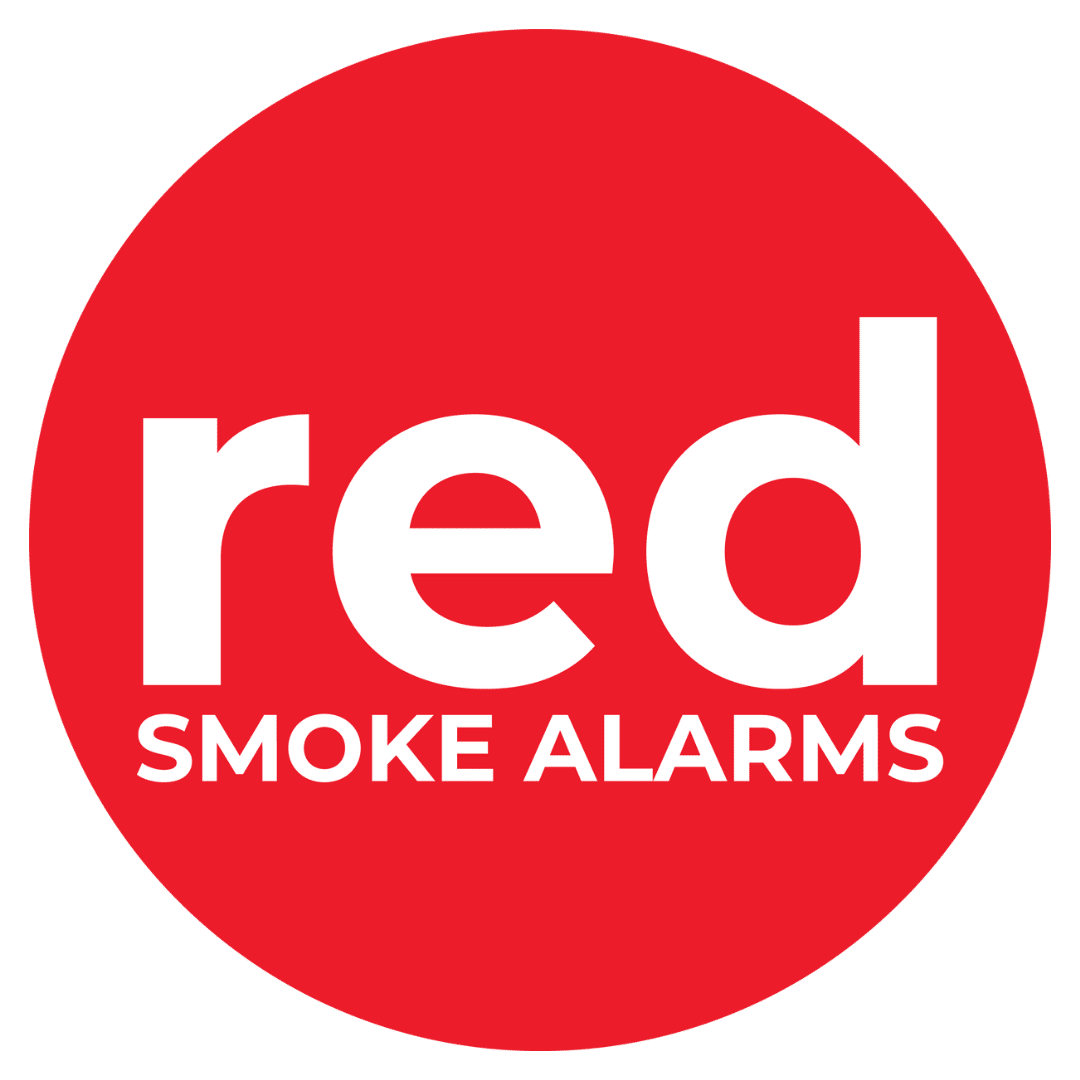New QUEENSLAND Smoke Alarm Laws:
What You Need to Know
Queensland has implemented stricter smoke alarm regulations to enhance home safety. As of January 1, 2027, all residences must have interconnected photoelectric smoke alarms installed in bedrooms, hallways leading to bedrooms, and on every floor. This requirement applies to existing homes, rentals, renovations, and new builds.
Why photoelectric smoke alarms?
Photoelectric alarms are superior to ionisation alarms in detecting smouldering fires and thick smoke, which are common in household fires. This technology offers more reliable protection for your family and property.
Interconnected alarms:
When one interconnected alarm activates, all alarms sound simultaneously. This provides vital extra time in emergencies, potentially saving lives.
Key Points:
- Mandatory photoelectric alarms
- Interconnected alarms required
- Deadline: January 1, 2027
- Applies to all residences
Stay safe and compliant with these new smoke alarm laws. Contact us today to find out if your are compliant with the new regulations.
SELLING, LEASING OR AN EXISTING LEASE RENEWAL
- be photoelectric (AS3786-2014); and
- not also contain an ionisation sensor; and
- Be hardwired to the mains power supply, if currently hardwired. Otherwise, smoke alarms can either be hardwired or powered by a non-removable 10-year battery or a combination of both
- on each storey
- in each bedroom
- in any hallway or living area that leads to a bedroom, and
- if there are no bedrooms on a storey, at least one smoke alarm must be installed on the most likely path of travel to exit the dwelling.
5. The obligations on property sellers are triggered by the date the initial sale contract is signed.
FOR
LANDLORDS
Landlords in Queensland will need to make sure that all residential properties are equipped with interconnected photoelectric smoke alarms in every bedroom, hallway leading to bedrooms, and on every floor. This means that existing properties will need to be upgraded to comply with the new standards before 1st of January 2027. Under the new regulations, landlords will also be responsible for testing the alarms regularly and replacing batteries as needed. Failure to comply with these regulations could result in fines or legal action. It’s essential for landlords to stay informed about the new requirements and take proactive steps to ensure their properties are compliant.
Law since 2017
Existing smoke alarms manufactured more than 10 years ago, as well as any smoke alarms that do not operate when tested, must be replaced with photoelectric smoke alarms that comply with Australian Standard 3786-2014
LANDLORDS AND RENTERS
Withing 30 days before the start of a tenancy in a domestic dwelling, the lessor/landlord must test and clean each smoke alarm in the dwelling.
During a tenancy, the tenant must test and clean each smoke alarm in the dwelling, at least once every 12 months.
To test a smoke alarm, press the ‘test’ button. Cleaning should be done according to the manufacturer’s instructions, which is usually vacuuming.
You do not need to be qualified or licenced to clean or test a domestic smoke alarm.
A real estate may request a “certificate of compliance” from fire alarm companies as proof of service. This is not a legal requirement but may be part of the real estate agent’s internal process.
Requirements since January 2022
This may involve installing interconnected photoelectric smoke alarms into the bedrooms in addition to the currently required smoke alarms.
Installation of approved smoke alarms is the responsibility of the property Landlord.
Testing and replacement requirements still apply.
FOR EXISTING HOMES
Current laws since 2017
Existing smoke alarms manufactured more than 10 years ago must be replaced with photoelectric smoke alarms which comply with Australian Standards (AS) 3786-2014. (Note: the date should be stamped on the back)
Upcoming Requirements for January 2027
The legislation requires smoke alarms must be installed in the following locations:
on each storey
in each bedroom
in hallways that connect bedrooms and the rest of the dwelling
if there is no hallway, between the bedroom and other parts of the storey; and
if there are no bedrooms on a storey, at least one smoke alarm must be installed in the most likely path of travel to exit the dwelling.
NEW BUILDS OR RENOVATIONS
What are the standard requirements?
- be photoelectric (AS3786-2014); and
- not also contain an ionisation sensor; and
- be hardwired to the mains power supply with a secondary power source (i.e. battery); and
- be interconnected with every other smoke alarm in the dwelling so all activate together.
2. The legislation requires smoke alarms must be installed in the following locations:
- on each storey
- in each bedroom
- in hallways that connect bedrooms and the rest of the dwelling
- if there is no hallway, between the bedroom and other parts of the storey; and
- if there are no bedrooms on a storey, at least one smoke alarm must be installed in the most likely path of travel to exit the dwelling.
Preferred Brands



